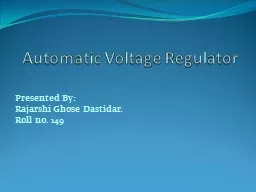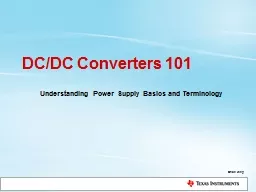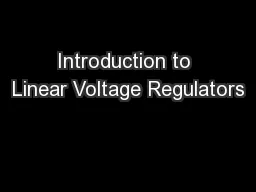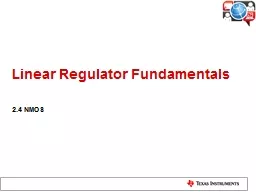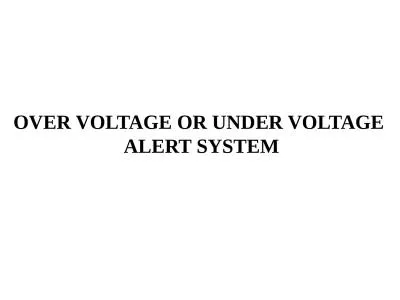PPT-Automatic Voltage Regulator
Author : briana-ranney | Published Date : 2017-10-28
Presented By Rajarshi Ghose Dastidar Roll no 149 Why do we need them It is known that VoltageV of a power supply system must be maintained at a constant value
Presentation Embed Code
Download Presentation
Download Presentation The PPT/PDF document "Automatic Voltage Regulator" is the property of its rightful owner. Permission is granted to download and print the materials on this website for personal, non-commercial use only, and to display it on your personal computer provided you do not modify the materials and that you retain all copyright notices contained in the materials. By downloading content from our website, you accept the terms of this agreement.
Automatic Voltage Regulator: Transcript
Download Rules Of Document
"Automatic Voltage Regulator"The content belongs to its owner. You may download and print it for personal use, without modification, and keep all copyright notices. By downloading, you agree to these terms.
Related Documents

